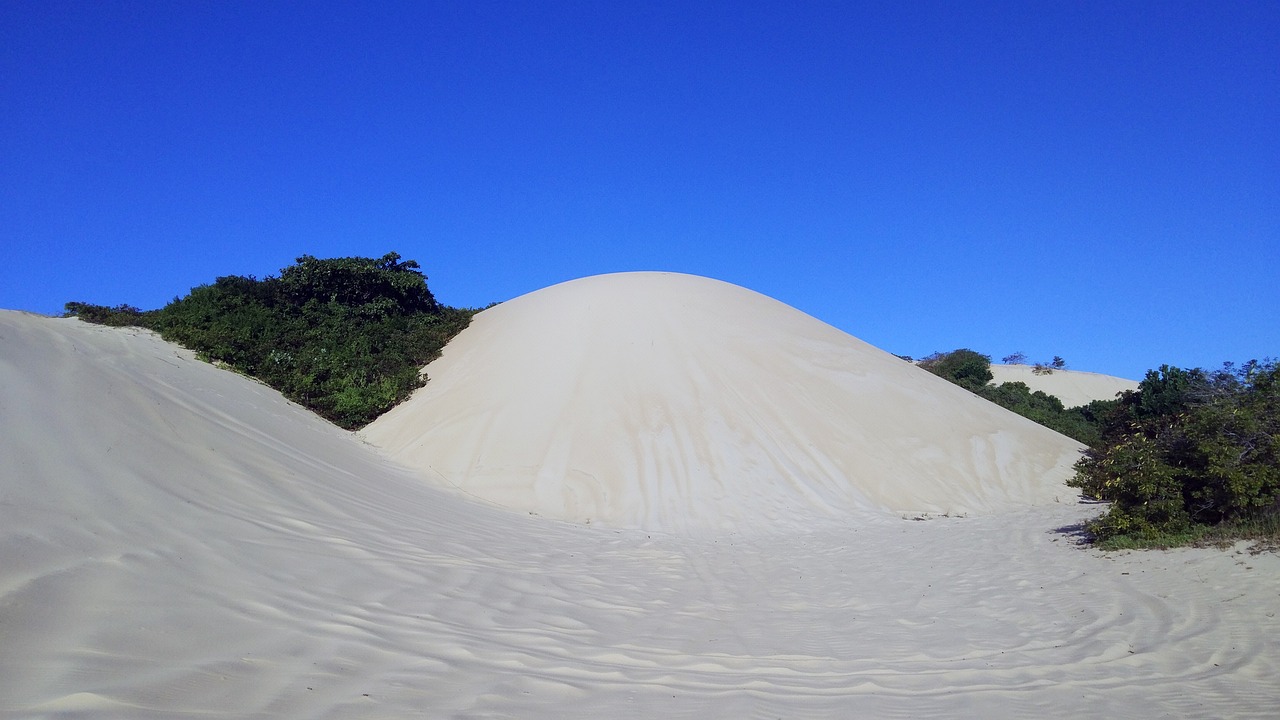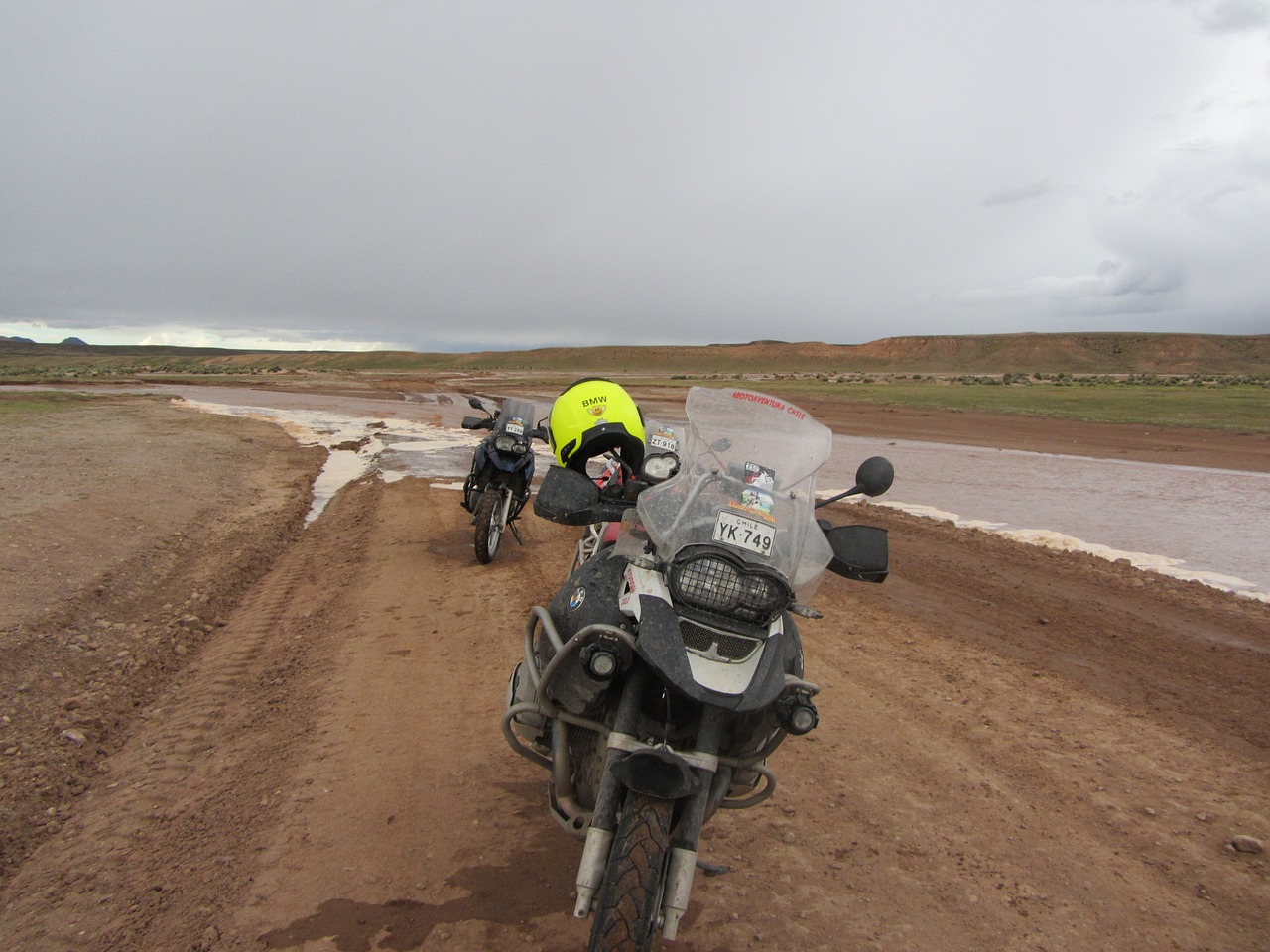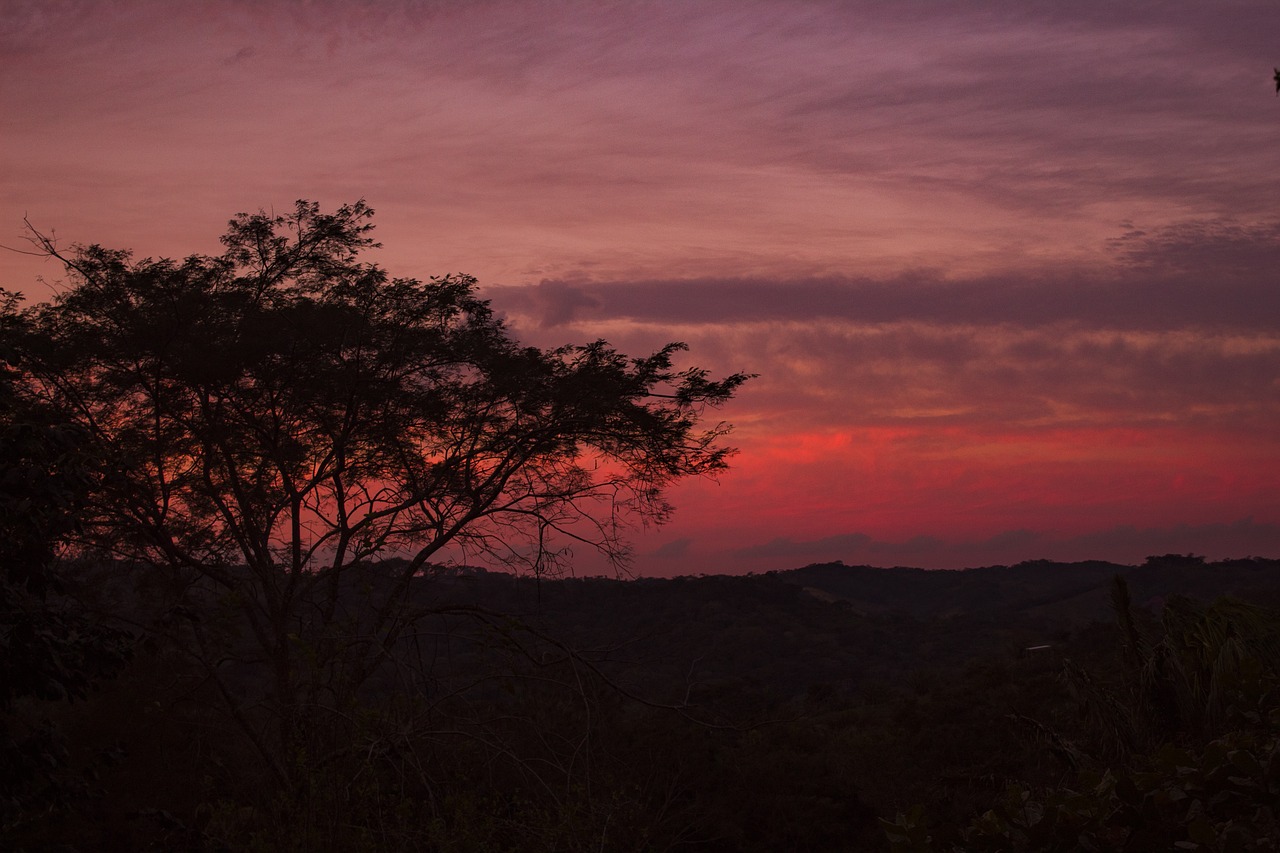Bolivia Video
Weathering Bolivia: Seasonal Changes and What to Expect
Bolivia, located in the heart of South America, experiences a wide range of climates and weather patterns due to its diverse geography. From the towering Andes Mountains to the vast Amazon rainforest, Bolivia offers a unique experience for travelers seeking to explore its natural wonders. Understanding the seasonal changes and weather conditions is essential for planning a trip to Bolivia. In this article, we will delve into the different seasons in Bolivia and what you can expect during your visit.
Section 1: The Dry Season (May to October)
During the dry season in Bolivia, which typically lasts from May to October, the weather is characterized by clear skies and minimal rainfall. This is considered the peak tourist season, as the weather is generally pleasant and outdoor activities are more accessible. The temperatures during the day range from mild to warm, making it ideal for exploring Bolivia’s attractions.
- Salar de Uyuni: The world’s largest salt flat, Salar de Uyuni, is a must-visit destination during the dry season. The lack of rain allows for the formation of a perfectly reflective surface, creating stunning mirror-like illusions.
- Tiwanaku: Explore the ancient ruins of Tiwanaku, an archaeological site that dates back to the pre-Columbian era. The dry weather provides a comfortable environment for exploring the ruins and learning about Bolivia’s rich history.
- La Paz: The capital city of Bolivia, La Paz, offers a variety of cultural experiences. Visit the Witches’ Market, explore the vibrant street art, and take in the breathtaking views from the city’s cable cars.

Section 2: The Wet Season (November to April)
The wet season in Bolivia, spanning from November to April, brings heavier rainfall and cooler temperatures. While the rain might deter some travelers, it also brings lush green landscapes and unique opportunities to witness Bolivia’s natural beauty. It’s important to note that some regions might experience road closures or limited accessibility during this time due to the rain.
- Amazon Rainforest: Explore the Amazon rainforest during the wet season to witness its vibrant flora and fauna. The increased rainfall creates a thriving ecosystem, and you can embark on guided tours to spot exotic wildlife.
- Yungas Road: Known as the “Death Road,” the Yungas Road offers adrenaline-pumping mountain biking experiences. The wet season adds an extra challenge to this adventure, making it a thrilling and unforgettable experience.
- Cochabamba: Visit Cochabamba, known as the “City of Eternal Spring,” during the wet season. The city’s pleasant climate and beautiful parks make it an ideal destination for outdoor activities and exploring local culture.
Section 3: The Altiplano
The Altiplano region of Bolivia, located in the western part of the country, is known for its high altitude and unique landscapes. Whether you visit during the dry or wet season, the Altiplano offers breathtaking views and cultural experiences.
- Lake Titicaca: Explore the world’s highest navigable lake, Lake Titicaca, located on the border of Bolivia and Peru. The Altiplano’s dry season provides clear views of the lake and its surrounding snow-capped mountains.
- Uyuni Salt Flats: The Uyuni Salt Flats, a highlight of the Altiplano, offer surreal landscapes that are unlike anything else in the world. Whether covered in a thin layer of water during the wet season or completely dry during the dry season, the salt flats are a must-visit destination.
- Potosi: Visit the historic city of Potosi, once one of the richest cities in the world due to its silver mines. Explore the colonial architecture and learn about the city’s fascinating history.

Section 4: The Lowlands
Bolivia’s lowlands encompass the Amazon rainforest and the eastern plains, offering a completely different experience compared to the high-altitude regions. The lowlands have a tropical climate with high humidity and abundant wildlife.
- Rurrenabaque: Located in the Amazon rainforest, Rurrenabaque is a gateway to the Bolivian jungle. Take a boat tour along the rivers, spot diverse wildlife, and immerse yourself in the lush green surroundings.
- Beni: The Beni Department is known for its vast wetlands and wildlife reserves. Explore Madidi National Park, one of the most biodiverse areas in the world, and discover unique species of plants and animals.
- Santa Cruz de la Sierra: As Bolivia’s largest city, Santa Cruz de la Sierra offers a blend of urban amenities and natural attractions. Visit the Biocentro Güembé, a private nature reserve, and enjoy the city’s vibrant nightlife.
Section 5: The Andes Mountains
The Andes Mountains dominate Bolivia’s landscape, offering stunning peaks, valleys, and ancient ruins. The mountainous region provides a range of activities for outdoor enthusiasts and cultural enthusiasts alike.
- Huayna Potosi: For experienced climbers, Huayna Potosi is a challenging but rewarding mountain to conquer. Enjoy panoramic views of the surrounding peaks and glaciers during the ascent.
- Valle de la Luna: Explore the otherworldly landscapes of Valle de la Luna (Moon Valley) near La Paz. The unique rock formations and lunar-like terrain make it a popular destination for hikers and photographers.
- Sajama National Park: Discover the beauty of Sajama National Park, home to Bolivia’s highest peak, Nevado Sajama. Explore hot springs, geysers, and unique flora and fauna in this remote and pristine environment.
Section 6: Image 1

Section 7: Altitude Sickness
Bolivia’s high altitude can pose a challenge for some visitors. Altitude sickness, also known as soroche, can occur when traveling to regions above 2,500 meters (8,200 feet). It’s important to acclimatize gradually and stay hydrated to minimize the symptoms of altitude sickness.
- La Paz: As Bolivia’s administrative capital and one of the highest cities in the world, La Paz is a common starting point for many travelers. Take it easy upon arrival, drink plenty of water, and avoid strenuous activities until you acclimate to the altitude.
- Coca Tea: Coca tea, made from the leaves of the coca plant, is a traditional remedy for altitude sickness. It is widely available in Bolivia and can help alleviate symptoms such as headaches and nausea.
- Medication: In severe cases, medication such as acetazolamide may be prescribed to prevent or treat altitude sickness. Consult with a healthcare professional before your trip.
Section 8: Cultural Festivals
Bolivia is known for its vibrant cultural festivals, which showcase the country’s rich indigenous heritage and traditions. Attending these festivals can provide a unique insight into Bolivian culture and offer a memorable experience.
- Carnival de Oruro: Carnival de Oruro is one of Bolivia’s most famous festivals, recognized by UNESCO as a Masterpiece of the Oral and Intangible Heritage of Humanity. Experience the elaborate costumes, traditional dances, and vibrant music during this spectacular event.
- Inti Raymi: Celebrated in June, Inti Raymi is an ancient Inca festival honoring the sun god Inti. Witness colorful processions, traditional rituals, and cultural performances in various regions of Bolivia.
- Diablada: The Diablada dance is a prominent feature of Bolivian festivals, particularly during the Oruro Carnival. This dance represents the eternal battle between good and evil and is performed in elaborate devil costumes.
Section 9: Image 2

Section 10: Essential Travel Tips
When planning a trip to Bolivia, consider the following travel tips to ensure a smooth and enjoyable experience:
- Vaccinations: Check with your healthcare provider for recommended vaccinations before traveling to Bolivia. Vaccinations for diseases like yellow fever and typhoid may be necessary depending on the areas you plan to visit.
- Travel Insurance: It is advisable to have travel insurance that covers medical expenses and trip cancellations. Ensure that your policy includes coverage for high-altitude activities and adventure sports.
- Language: While Spanish is the official language of Bolivia, many indigenous languages are also spoken. Learning a few basic Spanish phrases can greatly enhance your interactions with locals.
Section 11: Transportation in Bolivia
Getting around Bolivia can be an adventure in itself. From buses to taxis, here are some transportation options to consider:
- Buses: Buses are the most common mode of transportation in Bolivia. There are different classes of buses available, ranging from basic to more comfortable options for long-distance travel.
- Taxis: Taxis are readily available in major cities and towns. Ensure that the taxi has a working meter or negotiate the fare before getting in.
- Domestic Flights: For long distances, domestic flights can save time and provide stunning aerial views of Bolivia’s landscapes. Airlines like Boliviana de Aviación and Amaszonas operate domestic flights within the country.
Section 12: Conclusion
Bolivia’s seasonal changes offer diverse experiences for travelers throughout the year. Whether you visit during the dry season to explore the salt flats and ancient ruins or choose the wet season to witness the lush beauty of the rainforest, Bolivia has something to offer every adventurer. Remember to plan accordingly, acclimate to the altitude, and embrace the rich culture and natural wonders of this captivating country.
References
– National Geographic: www.nationalgeographic.com
– Lonely Planet: www.lonelyplanet.com
– Bolivian Tourism Board: www.bolivia.travel


